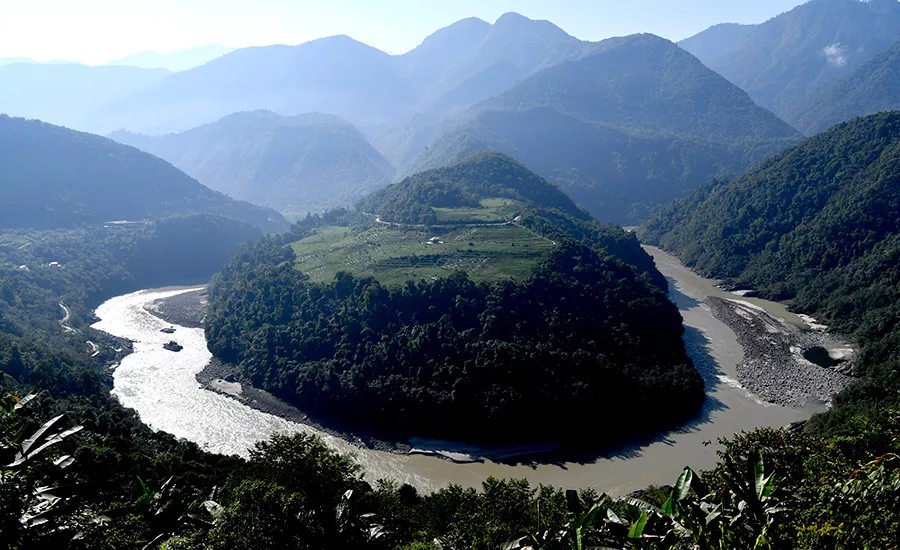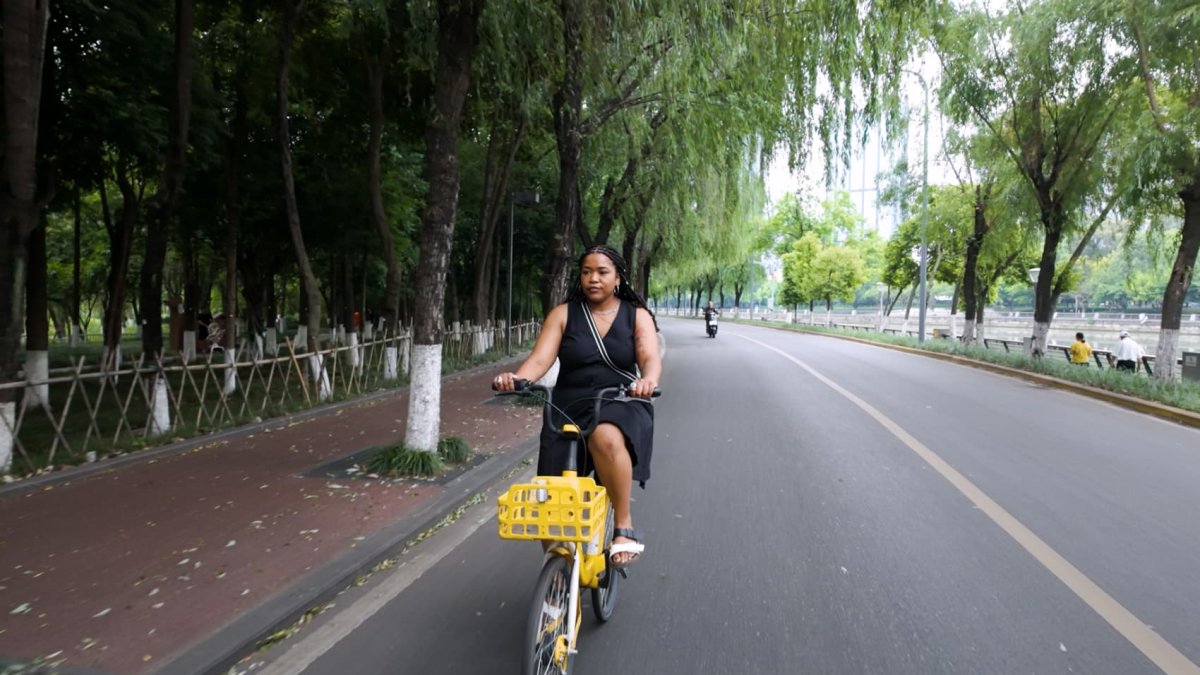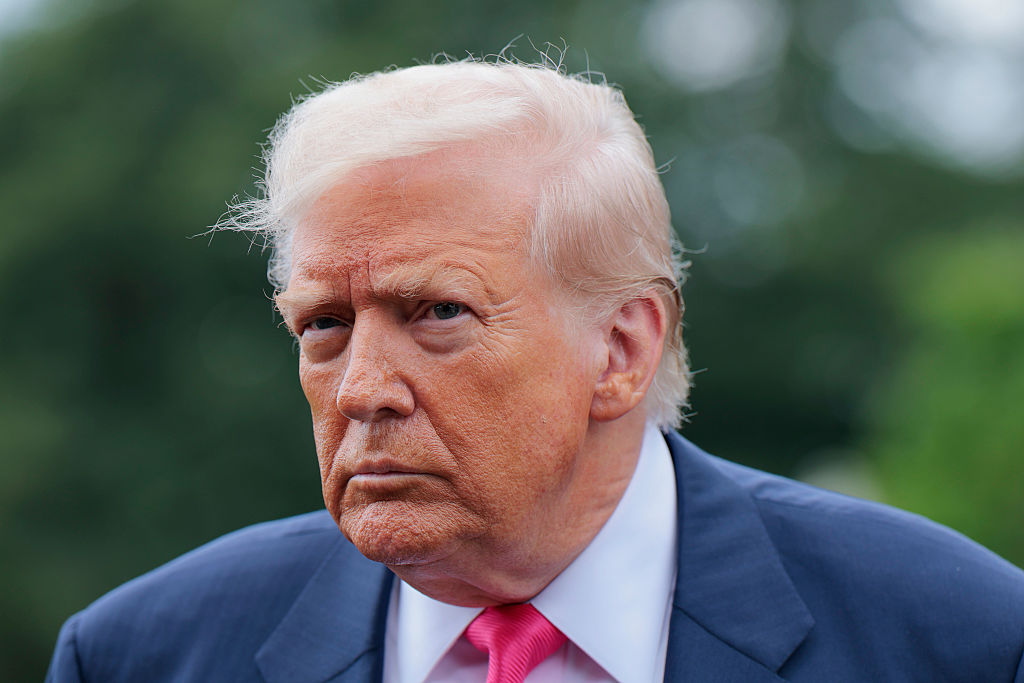China has begun construction on what will be the world’s largest hydropower dam, a facility with a projected annual generation capacity of 300 billion kWh of electricity—nearly three times the production of the Three Gorges Dam, the record holder since 2006.
First announced in 2020, the dam—to be called the Motuo Hydropower Station—will be located in the Tibet Autonomous Region on lower reaches of the Yarlung Tsangpo, the world’s longest and deepest river canyons. Taking advantage of 2,000-meter elevation drop along a 50-km-long U-shaped bend, a portion of the powerful river flow will be diverted to five cascade hydropower stations via four 20-km tunnels bored through Namcha Barwa mountain.
Although China has constructed several hydropower stations along the Yarlung Tsangpo over the past decade, the new project reportedly poses several topographic challenges, including its location along a tectonic plate boundary and high risk of landslides in the narrow, steep gorge.
Nevertheless, Chinese Premier Li Qiang hailed the Motuo Hydropower Station as the “project of the century” at a July 19 groundbreaking ceremony, according to local media. Scheduled to begin operation in 2033, the dam’s construction will be overseen by state-owned China Yajiang Group. Most of the generated power will be distributed to other parts of the country.
RELATED
China Announces It Will Build Controversial 60GW Mega-Dam in Tibet
Despite the Chinese government’s claims that the dam is “a safe project that prioritizes ecological protection and boosts local prosperity” while also reducing the country’s use of fossil fuels, the initiative has raised concerns in neighboring countries regarding its potential downstream effects. As it flows south from the Tibetan Plateau into India, the Yarlung Tsangpo becomes the Brahmaputra and traverses Arunachal Pradesh and Assam states before continuing into Bangladesh. Millions of people in both countries rely on the waterway for irrigation, hydropower and drinking water.
Despite calls from both countries for greater transparency regarding the Motuo Hydropower Station’s long-term impacts, China has repeatedly asserted its right to construct hydropower projects within its own borders. News services cited a July 21 statement from the country’s foreign ministry stating that it had “conducted necessary communication with downstream countries regarding hydrological information, flood control and disaster mitigation cooperation related to the Yarlung Zangbo project.”


